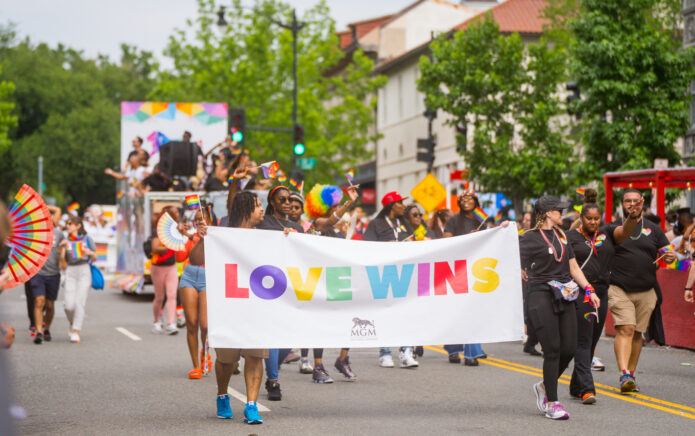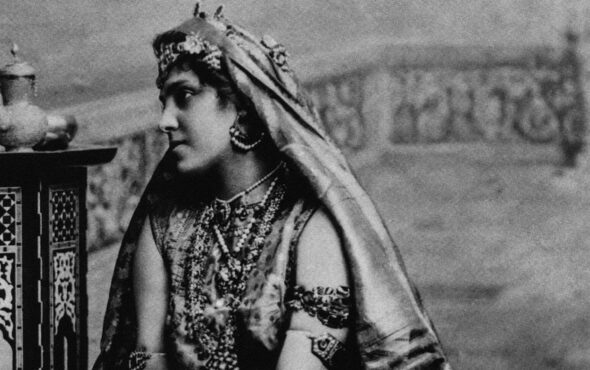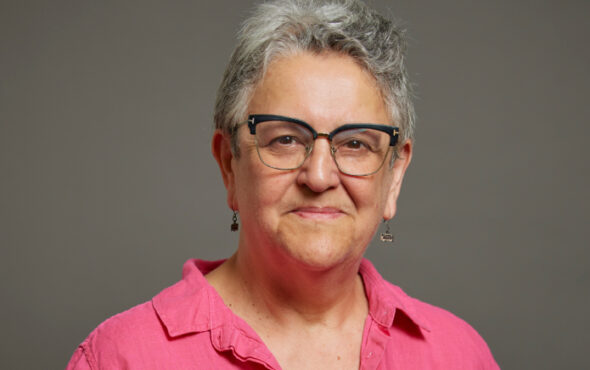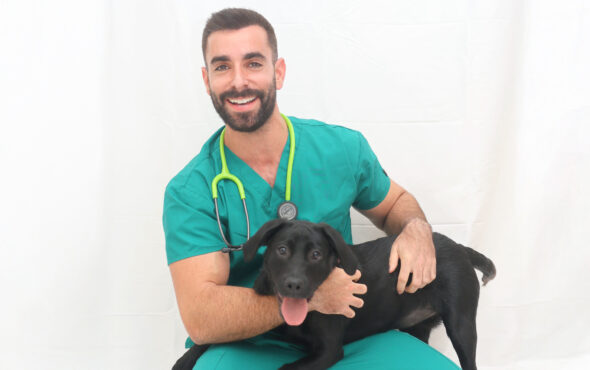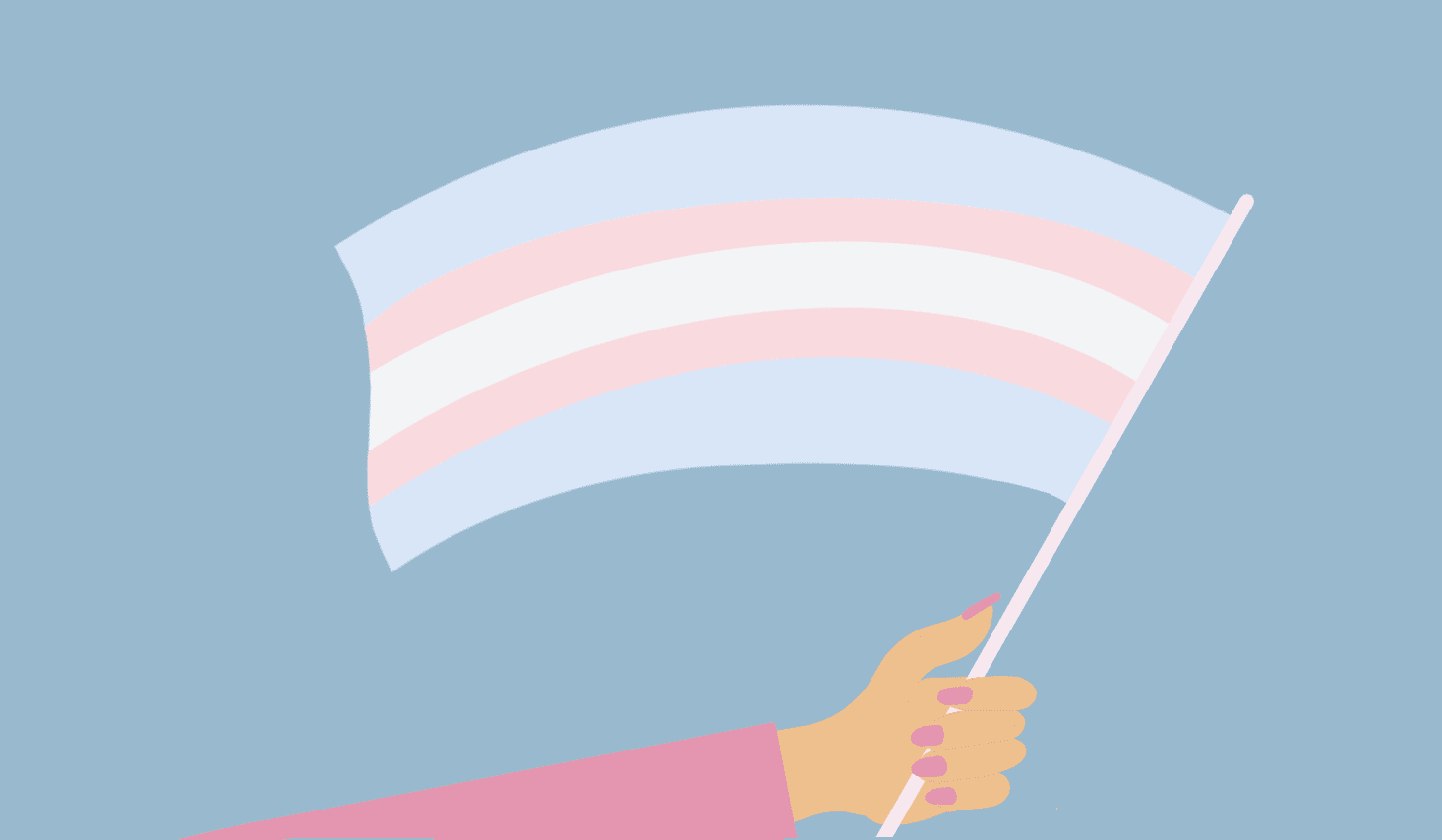
The age old adage of ‘if you can’t see it, you can’t be it’ rings through my ears as I walk down Oxford Street. I just saw a trans person on the side of a bus advertising me a beautiful new beauty retailer. Their huge eyes blown up to be the length of a double decker, staring at me as I walked.
‘Slay’, I mumbled to myself as I walked to the tube.
It made me think back to the beginning of my career as a model.
Coming from a small town, I only had straight friends. No one in my physical life was out to the world, and as I began to understand what my own sexuality was, my straight counterparts handed me their 49 page thesis on what I had to do to be a version of queerness that was acceptable to them. It involved being told I had to be sassy and fun, enjoy the colour pink and paint my nails. Be dramatic, lust over boys and talk about how much I loved Gossip Girl.
Despite the fact that I’d never seen it and definitely preferred Glee, I realised that I had become visible to my peers as an LGBTQ+ person without ever standing up and saying it myself. The words had never left my lips, yet the world around me had already seen me as the queer person they wanted me to be.
Cut to 2016, and I find myself in London working within the modelling industry. I’d just come out as non-binary, and was enjoying the freedom and accessibility to myself that my gender identity fostered. As the fashion industry began to nurture and acknowledge the ‘gender neutral’ trend, my image and identity became something that was adored. For pockets of fashion week or moments within the beauty game, there was an openness that appeared. A gap in the hostility.
To be visible within a space that has never before allowed your community the space to be seen on the surface seems like an experience that would be teething with a plethora of positives. To be able to be seen is a beautiful thing. For your friends or your partner to see you for who you are is one thing, but the opportunity for the world to be able to see you for who you truly are is another. An opportunity that never before felt possible, and one that many of us would grab with both hands. The younger version of me who was scared to be out at school and was bullied mercilessly for my queerness was now being given the opportunity to not only be validated, but celebrated for it. There wasn’t a second thought to it – I had to do it.
As someone who has been the only trans or queer face within global campaigns within the fashion industry or the beauty world (clang), I realise now the impact that that can have on one person, and the impact it can have on how they see their own identity. Despite the chance to connect with those across the world who identify outside of the binary, fuelling our solidarity and tightening our bond, it also put me in the eye of the storm. To have thousands of people who dislike every fibre of your being suddenly with direct access to my body meant I was continually harassed in all areas of my life. From on the streets to in the palm of my hand – the people who didn’t like what you looked like, or what you stand for, could now tell you directly what they thought of you.
But it’s much bigger than just a direct stream of hate being able to make its way back to me. It’s a sign that as a marginalised group, trans people are disproportionately impacted by digital and physical abuse.
According to the 2021 Census from the Office for National Statistics, 0.5% of people in England and Wales do not identify with the gender that they were assigned at birth. That’s approximately 262,000 people out of a total UK population of 67.3 million. A beautifully diverse yet noticeably small collective of people.
It should be no surprise to you that anti-trans rhetoric is rife within the UK, across the US and throughout Europe. Independent news site Novara Media cited that in January alone, 115 articles on trans issues were published – that’s nearly four a day. We’ve moved from the days of merely hostile discussions about bathrooms to historic political changes to Government protocol being introduced as we saw in Scotland this year as for the first time since Scotland’s devolution in 1997, the UK Government blocked their Gender Recognition Reform Bill from receiving royal ascent.
But what does this have to do with trans visibility? Surely being positively celebrated through visibility in branded campaigns counteracts the hate?
In an ideal world, yes. The visibility of trans people across our TV screens and cinema, bookshops and video games should be something that we celebrate and champion wholeheartedly. But as a society, that’s just not the reality. It’s a tough reality to stomach, but one that when ignored, leads to disastrous and damaging experiences for the trans people involved. As a brand or organisation, it’s naive to think that visibility alone will stop transphobia in its tracks, with it sometimes even adding momentum to their already frightfully loud campaign of hate.
Take TikTok star Dylan Mulvaney as an example. A fun loving trans woman who decided to document her transition across the social media platform is suddenly catapulted to global stardom after countless individuals resonated with her larger than life message. A joyous and clinically American personality who showed hope to so many – torn down after she partnered with BudLight earlier this year. Her face and name fell into the hands of conservative America, with news anchors and Conservative figures publicly boycotting BudLight drinks, and Anheuser-Busch InBev, the beer-making client behind the drink, publishing a 30% drop in operating profits as a result of the boycott.
Long gone are the days of brands utilising trans people purely for commercial gain or posturing during Pride. The impact on the trans community as a result of fallouts like the above with Dylan highlight how impactful and dangerous it can be for the community at large to be used in the quest for visibility. If these campaigns get in the hands of the wrong people, no matter what your intentions are, things can get dangerous very quickly for the individual and the trans community. Culture wars are reignited, and the real issues of trans healthcare, protection in schools and mental health support are forgotten about as ‘BudLight Boycott’ sits across the headlines for weeks on end.
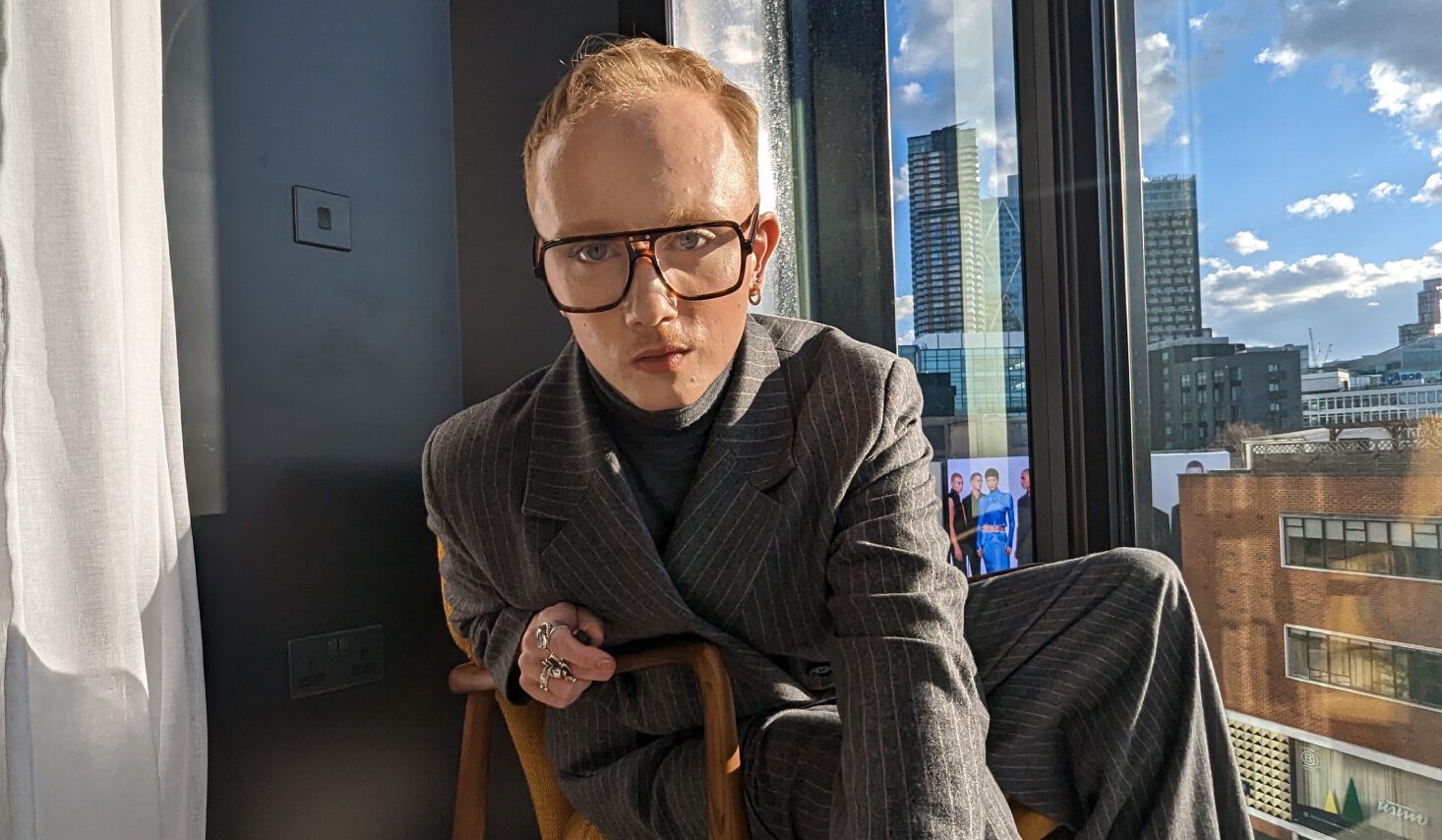
Recent backlash in the UK towards coffee shop chain Costa Coffee saw a news presenter in a three piece suit rip up a Costa Coffee cup live on Talk TV. He announced “we are boycotting Costa” after the brand used an illustration of a trans man within their marketing. As GAY TIMES reported, Costa themselves defended the ‘trans mural’: “We want everyone that interacts with us to experience the inclusive environment that we create, to encourage people to feel welcomed, free and unashamedly proud to be themselves… The mural, in its entirety, showcases and celebrates inclusivity.”
From beer to coffee, transness is being spotlighted in a way that is well intentioned, but poorly executed as it fails to think about the potential ramifications that mass visibility can have on an increasingly marginalised and overly discussed group. It creates a precedent that trans people truly care about whether or not they’re allowed to be included as an illustration that helps to sell coffee. Visible trans people within the media are asked to sit on live TV to debate whether or not they agree with an image of a trans person with top surgery scars being used to sell coffee, when many of their community in England sit at home enduring the reported seven-year wait for an initial assessment from the NHS.
What we will end up doing is thinking twice about going to get a coffee or a beer that’s associated with a boycott incase we are shouted at or worse. We’ll turn on the TV to news that another politician is wanting to ‘ban pronouns in schools’ or learn about where the ‘woke agenda’ has moved to this week. We’ll worry about our trans friends walking home at night or those who are struggling to get work. Those are the issues we really care about. The reality being that it’s actually pretty scary to be visibly trans right now.
This isn’t to say that BudLight or Costa were wrong for using a trans person to promote their product, it’s to say that brands and organisations need to have the correct infrastructure within their marketing teams to be able to assure the trans individuals who are at the forefront of said visibility are looked after and are safe no matter what. To make sure that the issues trans people really care about are centred in the campaigns, so visibility is given to charities and organisations that really do help the community.
Fortunately, throughout the latter years of my time within the modelling industry, I was able to speak up for myself and ask for images to be taken down, or social media tags to be removed if campaigns were receiving hate. But turning off the comments on an Instagram post in the hope that transphobia will not make itself known is not the way to go about producing honest and authentic work. It’s about making sure that we are in the room in the first place, so that if there is a desire to vocally and visibly support the community through the mouth of a commercial entity, it’s done with tact, love and awareness.
To be seen is a human need. But what I’ve learnt throughout my time within the modelling industry is that we have to make sure we are visible to ourselves and our loved ones first. Whether it be your partner, friends or chosen family, the importance of being seen only matters if it’s from people who love you and are there for you no matter what.
To be able to look in the mirror and see yourself as your most authentic self is a gift, and a privilege. It takes time and the validation that we desire can’t come from external sources first and foremost.
It’s hard, and it’s uncomfortable, but for me the true essence of being visibly trans is to have the confidence and ability to look at myself in the mirror every morning and appreciate the uniqueness and beauty that being trans offers me. Other people’s eyes and words do not and will not confirm my transness.
Looking in the mirror, I remember the generations of trans people who wanted future generations to be able to be visibly ourselves. That’s the only thing that matters here, that we have the ability as a community to day-by-day, for our own eyes and our own hearts, be visibly ourselves.
